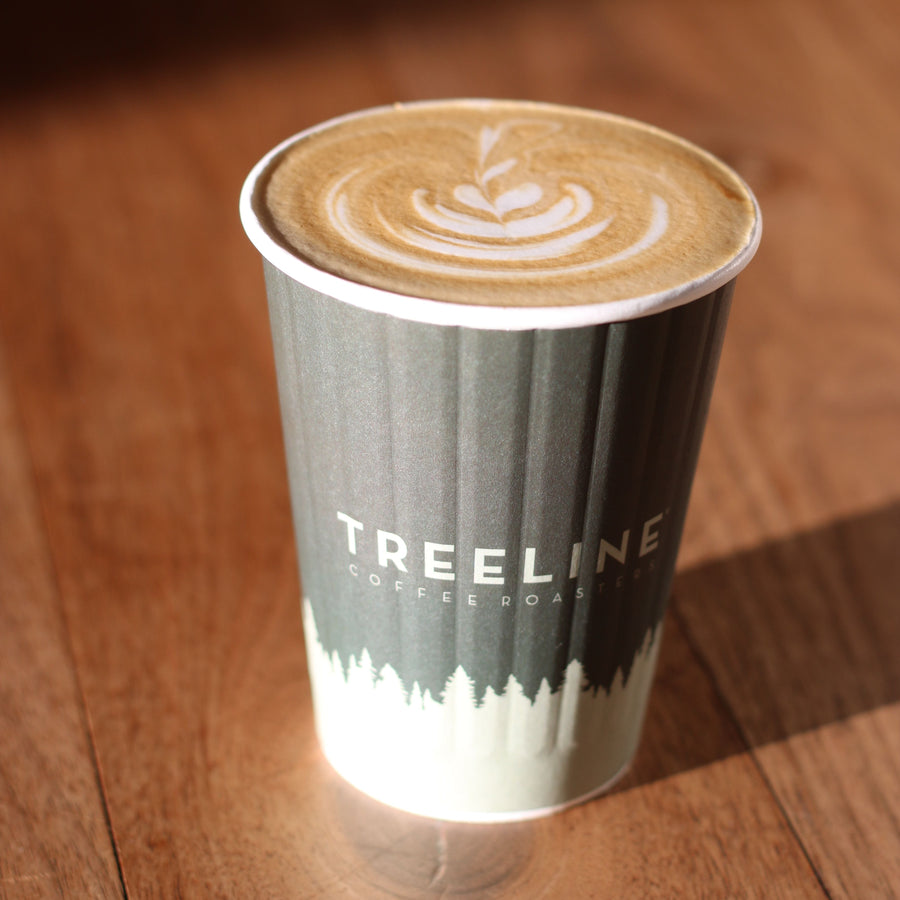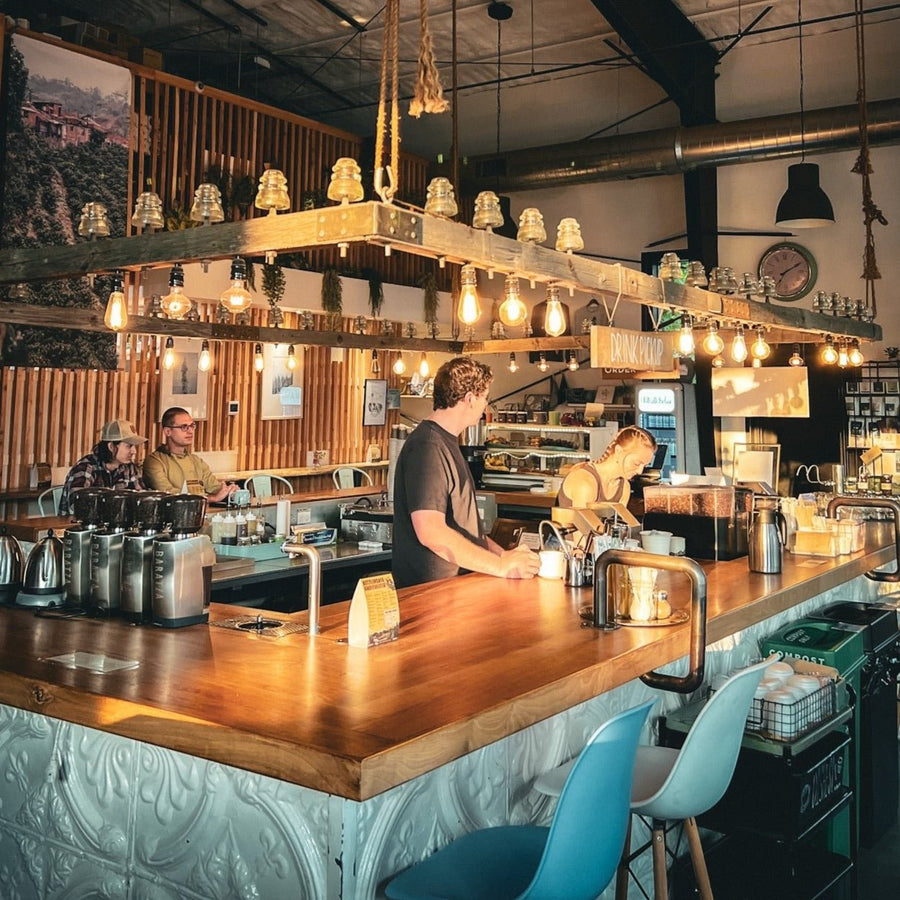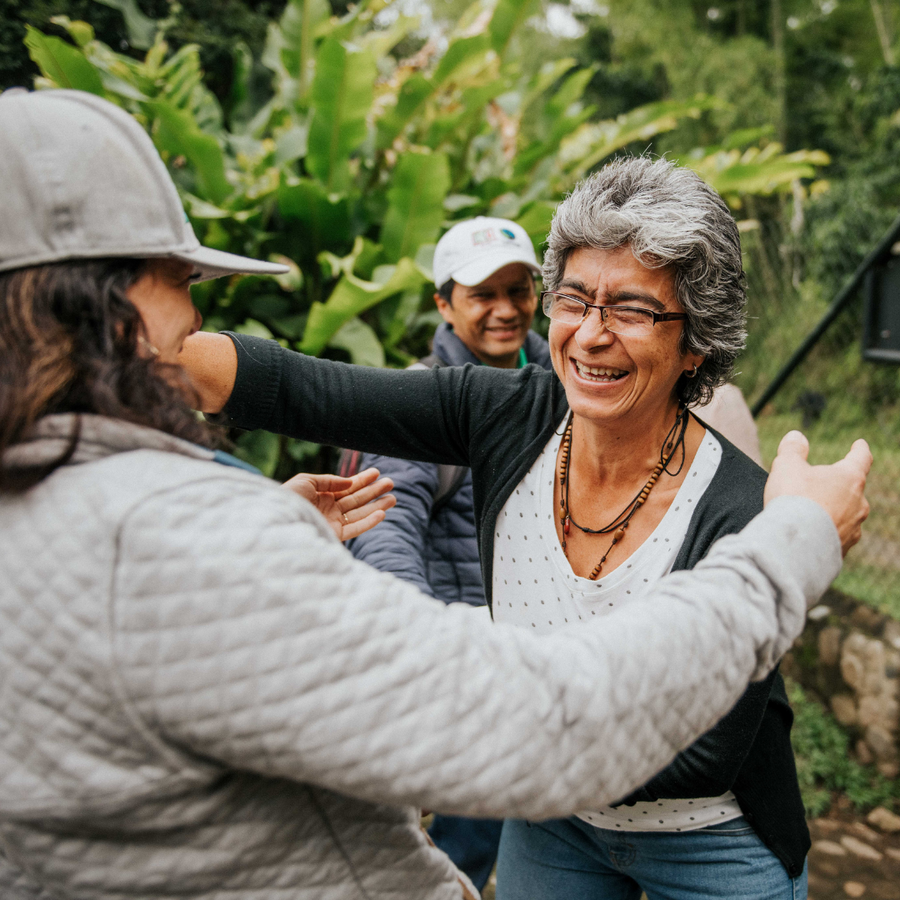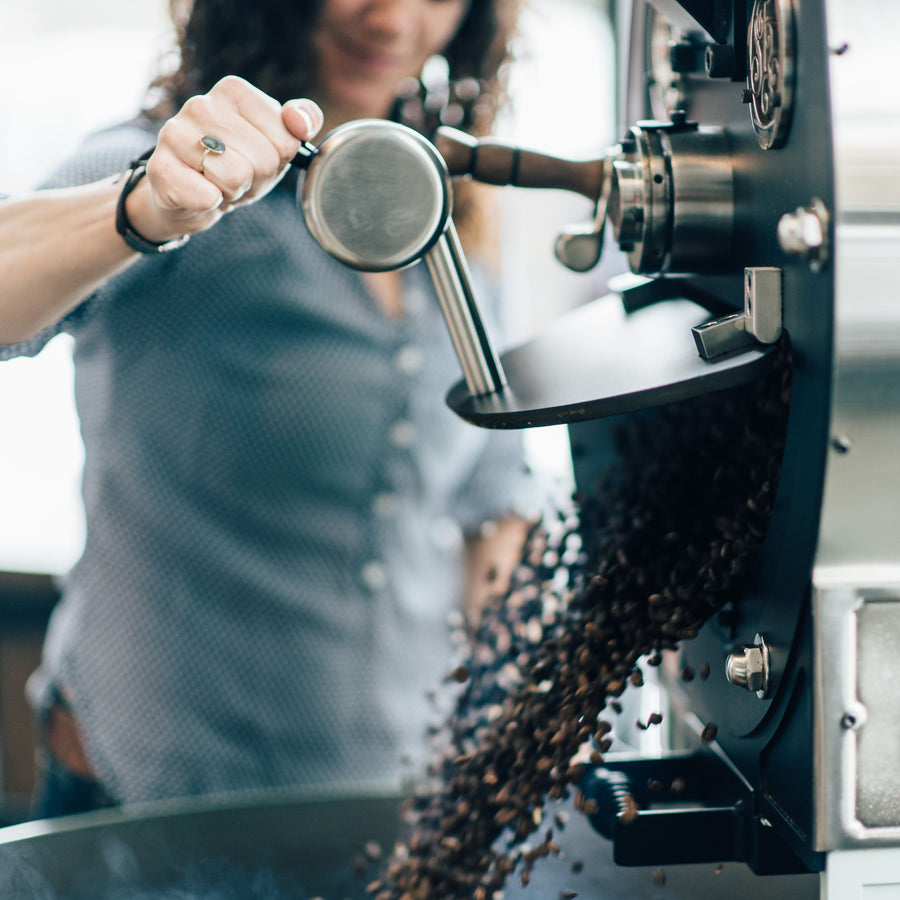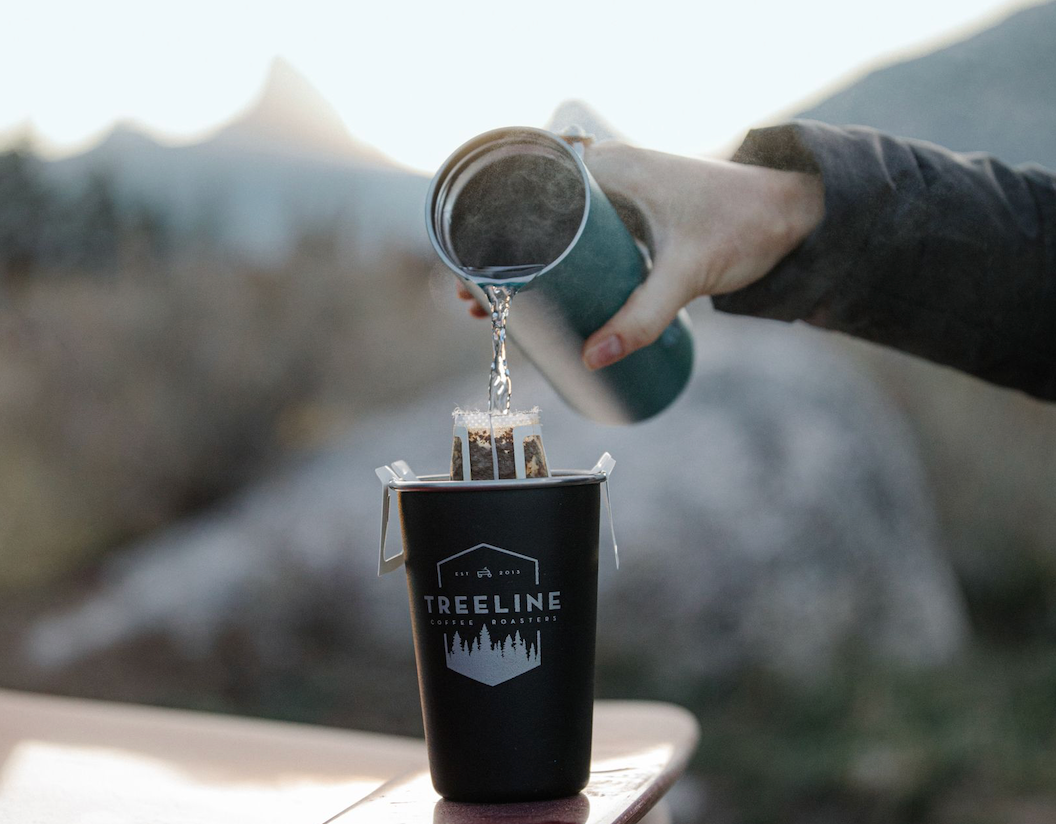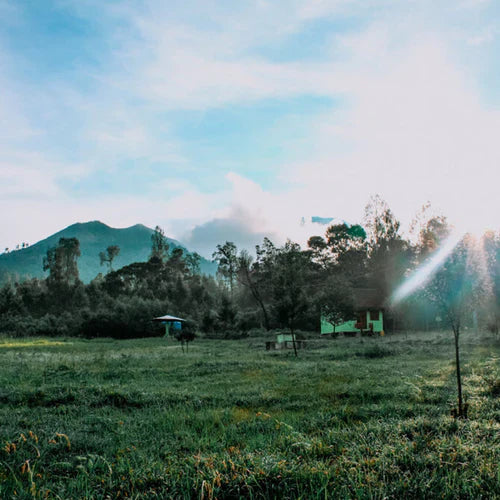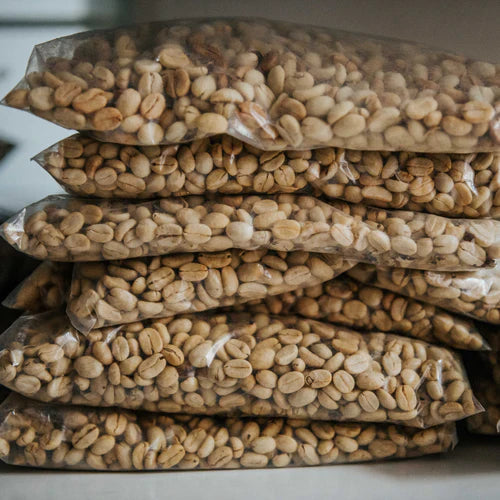What the Heck is Swiss Water Process Coffee?
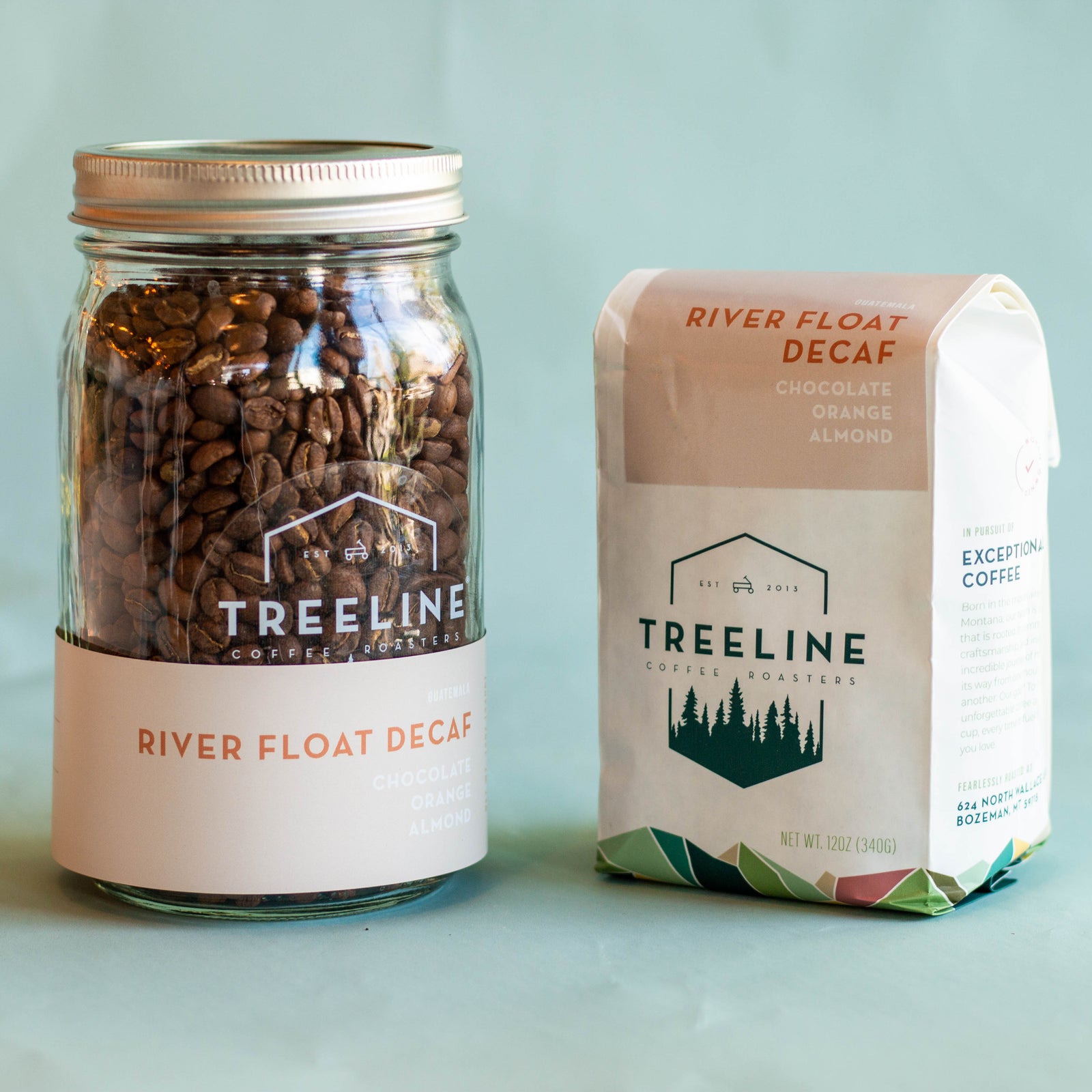
By Rylie Richardson
Caffeine may not be your best friend. Although there are some of us who drink enough coffee to become essentially immune to its effects, not everyone is wired this way. Maybe you are suddenly getting headaches or your heart is beating abnormally fast and you decide that you and caffeine need some time away from each other. So, you reach for the decaf beans, most likely @Treeline’s famous River Float. You start to wonder, “How on earth do you make a plant which naturally contains six to twenty two milligrams of caffeine per fruit become almost entirely caffeine free?”
You ask your barista and they tell you that they use “Swiss Water Processing”. You nod your head and give them a thumbs up, but you are still not sure what the heck that means. Well, we’re here to tell you everything you need to know.
First things first, and to make it even more complicated, the Swiss Water Process originated in Canada… Now that the air is cleared, let’s get into the details.
Some coffee beans are decaffeinated through the use of chemicals like methylene chloride. This process tends to strip the dried coffee fruit of its natural flavor and qualities, which vary by region and processing (or drying) method-all essential to the unique profile of each roasted and brewed batch of coffee.
Swiss water processing, coined by the company that created this particular process, “The Swiss Water Company”, is a slower, more natural series of steps that the dried coffee fruit or “bean” undergoes in order to become 99.9% caffeine free. There are four elements involved; H2O, Green Coffee Extract, caffeine, and carbon.
The steps of the Swiss water process are carried out via a machine fitted with large metal tanks that are either waiting to be filled or already filled with their proper components and pipes that carry each of the components to their designated location.
First comes the creation of Green Coffee Extract or GCE. GCE is a mixture of water along with the water solubles found inside of the dried coffee fruit before it is roasted and turns from green to brown, minus the caffeine. This single batch of GCE is reused several times and closely monitored to ensure health and efficiency.
Next, comes the cleaning and pre-soaking. In this step, the green coffee beans, sourced from all over the world, are placed into pure water. This rehydrates the beans and removes dirt and silverskin, which is a thin film that covers the outside of the bean.
Then it is time to remove the caffeine. The coffee beans soak in the GCE compound for about eight to ten hours. The caffeine is then filtered out through the use of carbon. This carbon is then stored and recycled for future purposes. How neat!
Lastly, the beans are sent into a multi zone mechanical dryer.
Once the beans are fully decaffeinated, they are shipped out to various coffee roasting companies to be roasted, packaged, and ready to make their way home with you or be brewed at your favorite local coffee joint enabling you to enjoy a well rounded cup of coffee sans jitters.
Here, at Treeline, we live by the notion that the best things in life take time. Maybe other decaffeination processes happen faster and produce higher volumes, but we think SWP makes the best cup. Good ol’ Henry Ford might have applauded the high speed, mass production method, but we aren’t making car parts here, we’re making coffee. Each step, from coffee farm to coffee shop is aimed at giving you the best quality stuff using natural methods, careful planning, and a whole lotta love *queque some Zeppelin up*. Swiss Water Processing knocks out the trifecta: environmentally friendly, chemical free, and an homage to the miracle that is coffee itself.
Information gathered via the Swiss Water Process website. Read more about Swiss Water Process HERE



